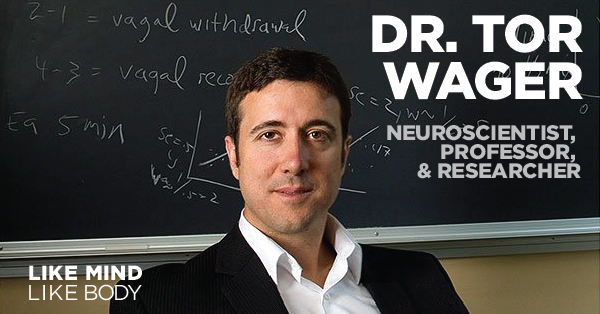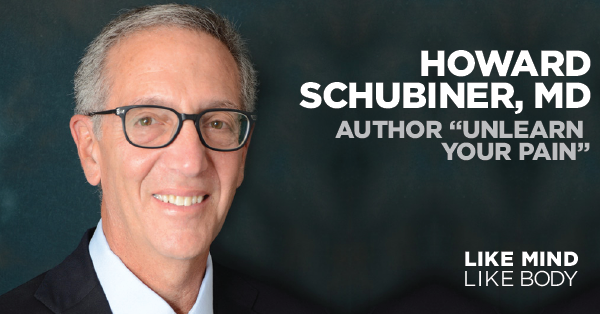Ready to Start Your Healing Journey? Try Curable for Free!
The program includes:
- Pain Science Education
- Guided Meditations
- Writing & Brain Training Exercises
Everyday stressors have more of an impact on the body than most of us realize. Once stressors are identified, the brain begins to put the body into a state of fight or flight, causing real, physical effects in the body.
Over time, the brain and central nervous system learn to continue to put the body into a painful state, which repeats the pain cycle.
The Curable team pulled resources from modern neuroscience to visually depict the stress-related chronic pain cycle. While neuroscientists are still working to understand all the details of this cycle, this visual can help you grasp the concept on a deeper level.
Download the expanded version of the infographic above and share it with the people in your life who could benefit from better understanding chronic pain.
The Curable program delivers evidence-based methods for chronic pain self care. It guides users through easy-to-understand pain science education, and hundreds of exercises designed to break the cycle of pain. With Curable, chronic pain sufferers can self-manage their symptoms safely, effectively, and inexpensively.
The program is based on a "biopsychosocial" approach to chronic pain relief. We built our program on the same principles and techniques that have shown significant results across clinical studies. These methods are used by leading physicians, specialists, and psychologists at institutions like Mayo Clinic, Johns Hopkins, Stanford, Northwestern, and NYU - many of whom helped us to build the Curable program.
When pain persists, becoming “chronic,” it also becomes more complex. Modern pain research shows that psychological and emotional elements can play a major role. These non-physical components can help the brain “learn” to be in pain, re-wiring the body’s neural circuitry to perpetuate the sensation of pain.
With proper therapeutic attention the brain can "unlearn" pain, paving the way to physical pain relief. Research shows that methods like education, writing, meditation, visualization, and cognitive behavioral therapy can successfully help the brain to stop this recurring pain cycle.
More Pain Science Education


The program includes: